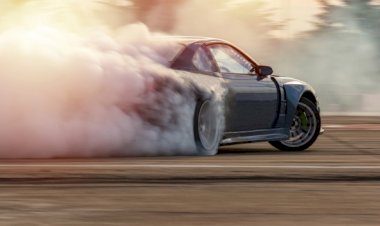Superchargers Guide: How They Work & Which To Buy
Discover how superchargers work, their pros and cons, and what to consider before buying one. Learn the difference between superchargers and turbos, and more.

Use The Share Buttons Above The Image To Share This Story On Socials
Order Your Printed Car Magazine From Our TikTok, Amazon or Etsy Stores!!
Superchargers have long been a staple in the world of performance tuning, providing an instant power boost to those looking to get the most out of their engines. Whether you're a seasoned car enthusiast or just starting out, understanding how superchargers work and which one is right for your vehicle is essential. In this guide, we'll take a deep dive into the workings of superchargers, explore why they're not more commonly used by manufacturers, and highlight some key mods to consider when installing one. We'll also cover the critical differences between superchargers and turbochargers and provide insight into the limitations of superchargers.

How Do Superchargers Work?
The Science of Air and Fuel Compression
At the heart of any engine’s performance lies a simple equation: air + fuel = power. Superchargers, like turbochargers, force more air into the engine's cylinders, allowing for a more powerful combustion cycle. The difference is that a supercharger is belt-driven directly from the engine, meaning it draws power from the engine’s crankshaft to compress air. This provides the engine with an instant boost of horsepower without the delay, or "lag," that turbochargers are sometimes known for.
By increasing the air pressure entering the cylinders, superchargers boost the power output of the engine significantly. However, the key to maximizing the efficiency of a supercharger is ensuring that the engine receives an adequate supply of fuel to match the extra air being compressed—otherwise, you risk running the engine lean, which can lead to damage.
Why Don’t More Car Manufacturers Use Supercharger Technology?
Balancing Efficiency and Power
If superchargers provide such a direct performance boost, why don’t more car manufacturers use them? The answer lies in efficiency. While superchargers provide immediate power gains, they are not as efficient as turbochargers. Since they’re powered by the engine's crankshaft, they impose a mechanical load on the engine, which can decrease overall fuel efficiency. Manufacturers looking to meet strict emissions regulations and improve fuel economy often prefer turbochargers, which are powered by exhaust gases rather than the engine itself.
Additionally, superchargers tend to increase engine temperatures more than turbochargers, requiring better-cooling systems to keep the engine within safe operating limits. This added complexity and the higher fuel consumption associated with superchargers have contributed to their relatively limited use in mass-market vehicles.

What Other Mods Should You Consider When Installing a Supercharger?
Strengthened Engine Internals and Supporting Mods
Installing a supercharger is a major modification, and it often requires several other upgrades to ensure the engine can handle the increased stress. When considering supercharger installation, pay close attention to the following areas:
-
engine’s internal components, such as pistons, connecting rods, and crankshafts. The added stress from a supercharger can cause stock parts to fail, so upgrading to forged components is a must if you plan on pushing your engine to its limits.
-
Fueling: With more air being forced into the engine, your car will need a fuel system capable of delivering a matching amount of fuel. Larger fuel injectors, high-flow fuel pumps, and proper fuel pressure regulation are all essential when installing a supercharger.
-
Exhaust System: A high-performance exhaust system is critical to help the engine expel gases more efficiently, preventing back pressure and allowing the supercharger to perform at its best.
-
Cam: High-performance cams are designed to work with forced induction systems, enabling better airflow into and out of the engine’s cylinders.
-
Remapping: After installing a supercharger, remapping (or tuning) the ECU is crucial to ensure that the engine runs smoothly and efficiently with the new power output. Remapping allows the engine’s fuel and air mixtures to be optimized for the new forced induction setup.
For an example of how all these modifications can come together in a build, check out Steve Chandler's Lexus IS200 1GFE Turbo, a great case of how proper tuning and modifications can unleash serious power from a car.
What Are the Main Limitations or Downsides of Superchargers?
Heat and Efficiency Challenges
While superchargers provide significant power boosts, they come with a few downsides. The most notable are heat and efficiency:
-
Heat Generation: Superchargers, due to their belt-driven nature, generate more heat compared to turbochargers. This increased heat can lead to higher engine temperatures, which may require additional cooling modifications, such as intercoolers or upgraded radiators, to prevent overheating.
-
Fuel Consumption: Superchargers demand more power from the engine to operate, which means increased fuel consumption. This is a trade-off for the instant power they provide, but it can make supercharged cars less efficient compared to their turbocharged counterparts.
-
Complexity: Installing a supercharger typically requires a higher level of mechanical skill compared to other mods. For those seeking inspiration on complex builds, check out George's Supercharged Audi RS4, which demonstrates just how much planning goes into achieving the right balance of power and efficiency.

What is the Difference Between a Supercharger and a Turbocharger?
Belt vs. Exhaust: The Power Delivery Difference
The main difference between a supercharger and a turbocharger lies in how each forces additional air into the engine. A turbocharger is powered by exhaust gases, using the energy from the engine's exhaust flow to spin a turbine and compress incoming air. This means it doesn’t put any additional load on the engine, making it more efficient. However, turbos suffer from "lag"—a delay between when the throttle is pressed and when the power kicks in.
In contrast, a supercharger is powered by the engine's crankshaft, delivering instant power with no lag. The downside is that it draws power from the engine to operate, reducing overall efficiency. Both forced induction systems have their pros and cons, but they are designed for different types of driving experiences.
For more insight into forced induction setups, you can also explore Paul Doherty's Modded Lexus IS200 and Ihtisham's Sleeper Nissan Micra for turbo and supercharger inspiration.
Choosing the Right Supercharger for Your Vehicle
When selecting a supercharger, it's essential to match the unit to your engine’s size, output and intended use. There are several types of superchargers to choose from, including centrifugal, roots, and twin-screw. Each has its unique advantages and limitations, depending on your performance goals. Additionally, consulting a professional for proper installation and tuning is crucial for maximizing your investment.

Conclusion
Superchargers can transform the performance of your vehicle by providing instant power and improving overall driving dynamics. However, they are not without their challenges, such as increased heat and reduced efficiency. When choosing to install a supercharger, consider additional modifications, such as strengthened engine internals, optimized fueling, and a proper exhaust system, to fully unlock your engine’s potential.
Whether you’re looking for instant power or a complete engine overhaul, superchargers offer a thrilling way to enhance your ride. Stay informed, plan your build carefully, and you’ll be tearing up the track in no time.
Useful Links for Further Reading:
- Steve Chandler's Lexus IS200 1GFE Turbo
- George's Supercharged Audi RS4
- Paul Doherty's Lexus IS200 Modded
- Ihtisham's Sleeper Nissan Micra K11
- Edelbrock 1551 E-Force Street Legal Supercharger Kit
Footnote: Have an awesome car build to share? Submit your story and get featured in Stance Auto Magazine today!
Please leave your comments on my story in the comments section at the bottom of the page, it helps the story get more views and reach the Printed Car Magazine, Thank you.
'The future is bright as long as we can still Smell the Fumes'
Take A Car Quiz: So you think you know all about Cars prove it,
Do you Need A Freelance Photographer? Our Photographers Are Available For Hire
UKTM no: UK00003572459
 Like
0
Like
0
 Dislike
0
Dislike
0
 Love
0
Love
0
 Funny
0
Funny
0
 Angry
0
Angry
0
 Sad
0
Sad
0
 Wow
0
Wow
0









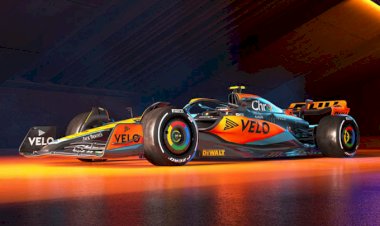


























































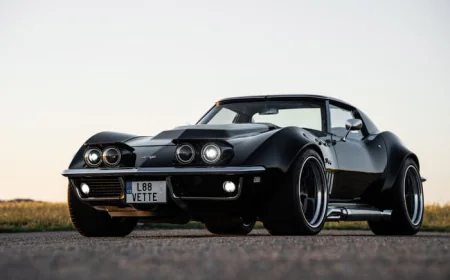
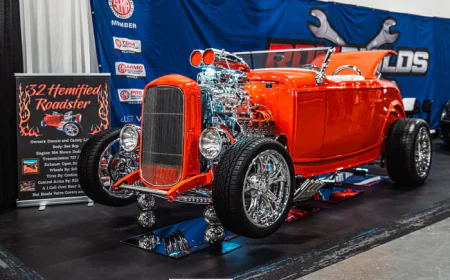









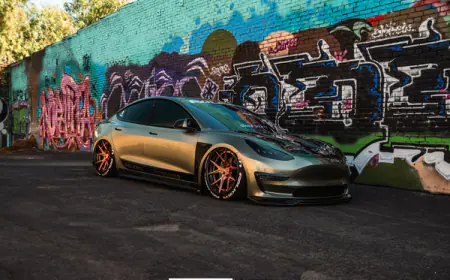




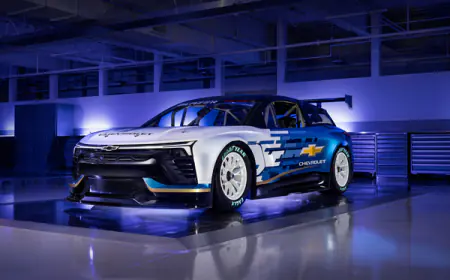




.png)












![[HOONIGAN] Ken Block's GYMKHANA NINE](https://img.youtube.com/vi/_bkX5VkZg8U/maxresdefault.jpg)









